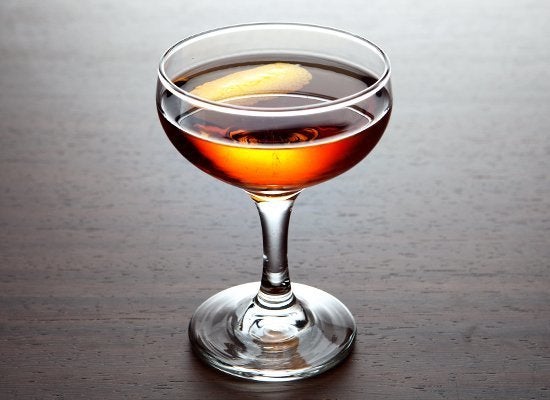
What Is It Anyway? is a series that examines the histories behind peculiar and obscure foods. Today, we're explaining malt.
As a kid, you probably only knew "malt" as the mysterious ingredient in Whoppers, the coveted movie theatre candy. Later, it might have become part of your drinking vernacular: Whiskeys can be "malt" or "single malt." That these guilty pleasures can have anything in common may seem peculiar. Let's clarify.
So, what is it, anyway?
Malt is cereal grains that have been germinated and dried. The grains (barley is commonly used) are soaked in water then dried in hot air, a process that allows them to germinate. This is called "malting." Malting allows the starches in the grains to change into sugars, such as glucose and fructose.
The process of malting is used for a number of products, including flours, malted milk, malt whiskey and malt balls.
There are two types of malt powder -- diastatic and nondiastatic. The former involves the process described above, in which active enzymes transform starches into sugars. This type of malt powder can be used when baking bread to ensure that it will rise. Nondiastatic malt powder has no active enzymes, and is commonly used in drinks for flavor.
Malted whiskies are made from a fermented "mash" or mixture made of malt and water. When produced by a single grain at a single distillery, a malted whisky is dubbed "single-malt."
Etymology
"Malt" comes from the Germanic "maltam," an extended form of the root "mel-", meaning "soft." Etymologyonline.com says this is "probably via notion of 'softening' the grain by steeping it in water before brewing." The word is Finnish and Germanic. It was first used as a verb, and was first used as a noun in the 1690s. Using the word "malted" to describe a food product began in 1945.
History
In 1873, pharmacist James Horlick conceived of malted milk as a nutritional alternative to infant food. He earned a patent 10 years later, and trademarked the term "malted milk" 15 years later.
Horlick's product went on to be used for a number of products and purposes that had little to do with his original intentions. Strangely, Antarctic explorers enjoyed the product for its portability -- so much so that famed Naval Officer and explorer Richard E. Byrd named a mountain after Horlick.
